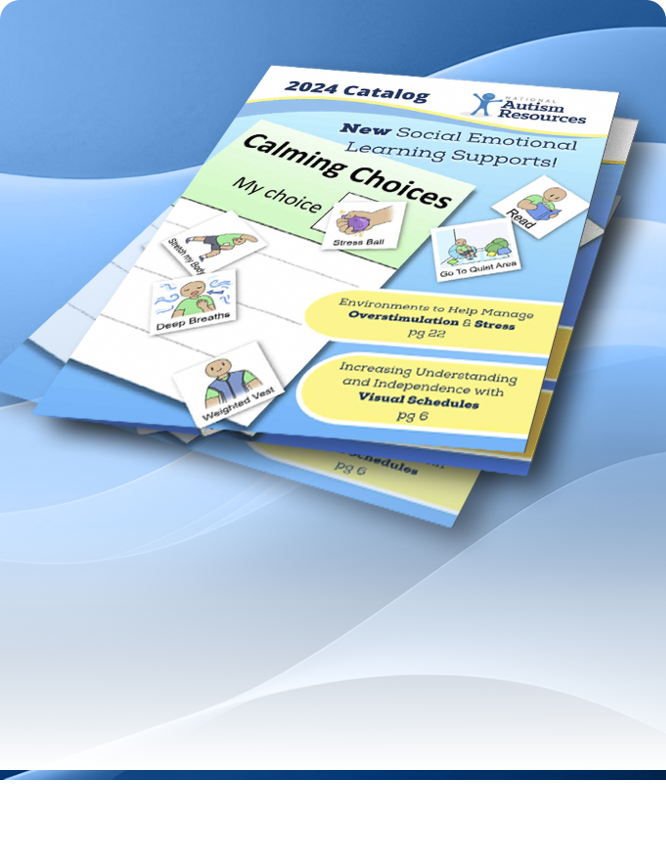There are no products listed under this category.
Sign Language
Over 30 years of research has shown that nonverbal people with autism can learn to communicate with sign language. Many autistic children respond well to sign language because it's visually based and provides a mode of quick communication. Research also shows that it may actually help nonverbal people to become verbal.
Some of the advantages of using sign language include, it's inexpensive, portable, a true language system, and communication can take place quickly. It can help reduce negative behaviors such as tantrums, aggression or self injury which are often a result of being unable to communicate a want or need. Also, by providing a form of communication you increase the opportunity for social interaction.
Remember that sign language and verbal communication can be taught simultaneously. Some believe that using signed words may help children with autism to become more verbal because the signs act as visual prompts for spoken words. It can be an incredible tool that can increase communication, independence, and academic achievement for people on the spectrum.
Bonvillian, J., Nelson, K & Rhune, J (1981) Sign language and autism. Journal of Autism and Developmental Disorders, 11, 125-137
Carr, E. & Kologinsky, E. (1983). Acquisition of sign language by autistic children II: Spontaneity and generalized effects. Journal of Autism and Developmental Disorders, 16(3), 297-314.
Mirenda, P. (2003) Toward functional augmentative and alternative communication for students with autism: Sign Language, graphic symbols, and voice output communication aids. Language, Speech, and Hearing Services in Schools, 34, 203-216.
National Research Council (2001). Educating children with autism. Committee on Educational Interventions for Children with Autism. Catherine Lord and James McGee (Eds). Division of Behavioral and Social Sciences and Education. Washington DC: National Academy Press.
Remington, B. & Clarke, S. (1983). Acquisition of expressive signing by autistic children: an evaluation of the relative effects of simultaneous communication and sign along training. Journal of Applied Behavior Analysis, 16 (3), 315-328.
Tincani, M (2004). Comparing the Picture Exchange communication System and sign language training for children with autism. Focus on Autism and Other Developmental Studies, 9, 152-163.






